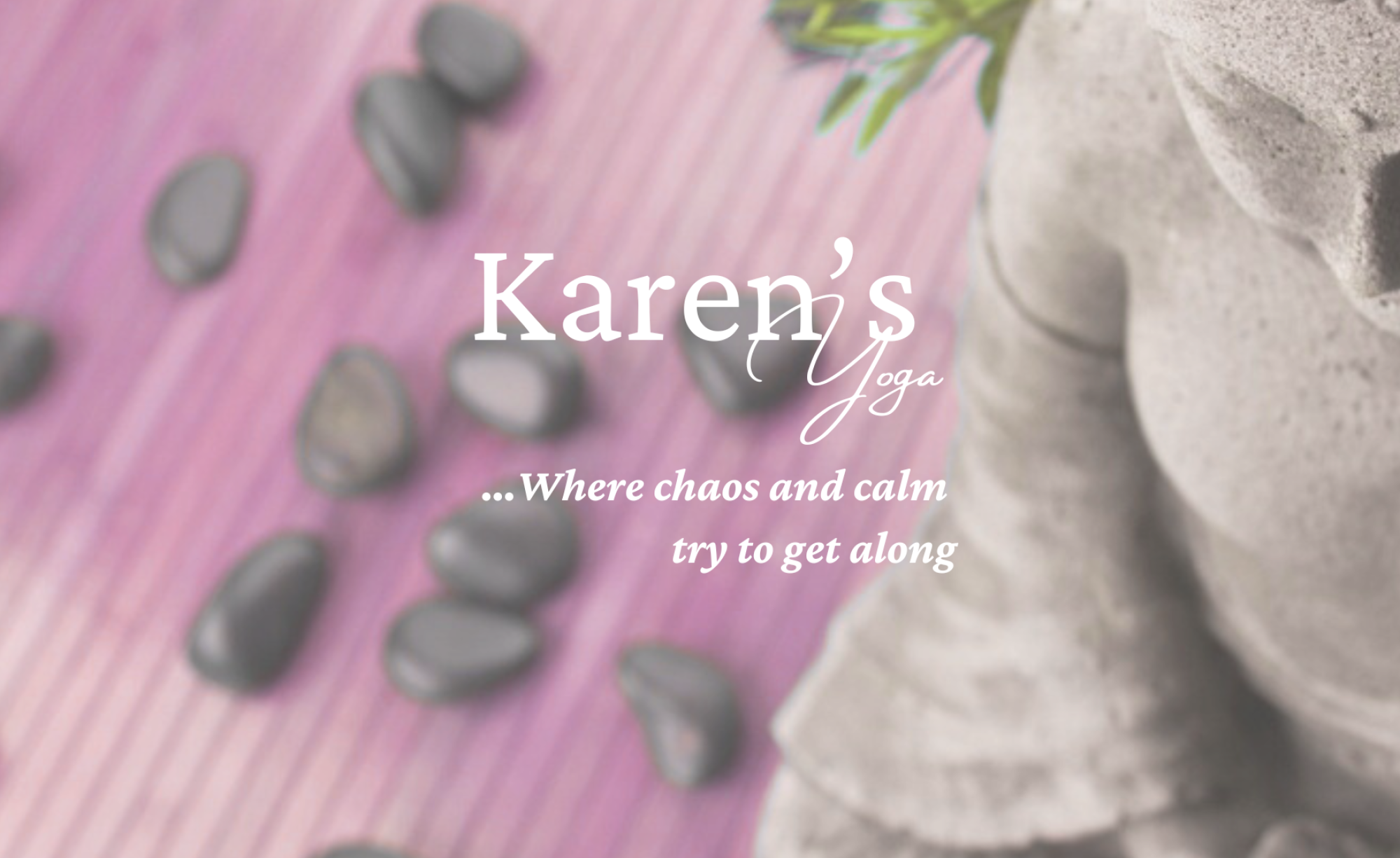Stress Buster Breathing Technique
Brought to you by Karen Duffy – CYT
PLEASE READ THE FOLLOWING BEFORE BEGINNING THIS CLIP
BENEFITS:
The body is your personal operating system that is affected by
stimulation within the nervous system. When we breathe
deeply, the message from the brain to the systems of the body is that
there is not stress. If we are feeling tense or stressed, using
deep breathing is a way to calm down the body and mind and bring
you into an improved state of balance. Most of the time,
anxiety based breathing patterns are ‘habit’s’ that we don’t even
notice. By ‘practicing’ this breathing techique you can learn to
train the breath to slow down and relax. The added benefit is that
you are using less energy and achieving better performance in the body.
CAUTIONS:
Please do not do this breath if it makes you dizzy or if you have
untreated blood pressure problems. If you suffer from neck strain, do
not hold the breath as it may increase tension in the neck. Instead,
just inhale for 4 and exhale for 8 without a pause between
Instructions for the 4-2-8 Breath
This breath calms the body down, which in turn calms the mind.
- Bring your awareness to your breath
- Breathe through the nose
- If you are sitting or standing, soften tension in the lower body by relaxing any holding that you are doing
- Bring your posture into correct alignment, keeping shoulders over hips (drawing shoulders slightly back and down)
- Concentrate on the breath as you begin
- Inhale for a count of 4 drawing the breath down into the trunk of the body while expanding the abdomen – inflate the whole body
- Hold for a count of 2
- Exhale for a count of 8 drawing the navel towards the spine for the
exhale while softening down and releasing and letting go of tension
– UNDO and ‘deflate’ the whole body - Continue this breath technique for at least 5-10 rounds or until you feel calmer.
